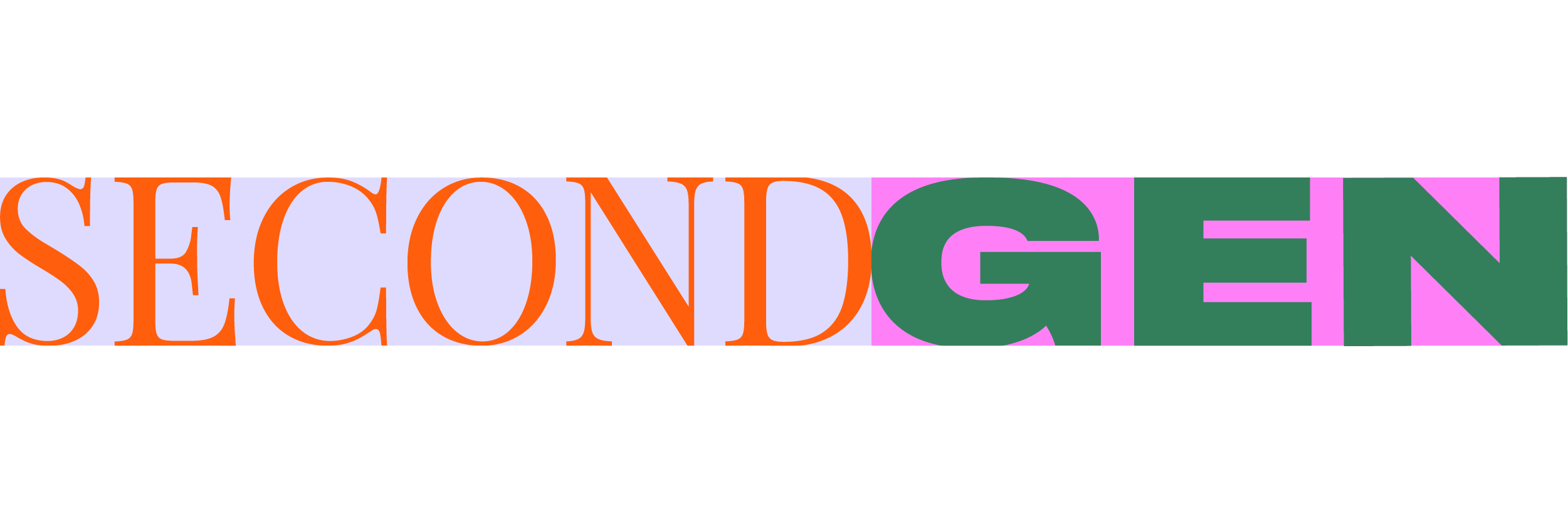I felt like a cultural cop-out. I wasn't Indian enough because I was mixed race; I was scared to embrace my culture openly. I was into alternative beauty, fashion, and music — a landscape where desi people are a rarity.
I thought, If people can get thousands of likes for draping themselves in my culture in the wrong ways, I might as well show them how it’s done.
@yasminesummanx Typically they are made out of real gold but I am broke :( ##desi ##altdesi ##altdesigirl ##altpoc ##nath ##nosechain ##fyp ##alt
♬ calcium show me love sped up - εïз
@yasminesummanx When I found out M.I.A was South Asian I knew I had to do this. #alttiktok #altmakeup #altpoc #altdesi #representation
♬ Come Around - M.I.A.
On TikTok, #altdesi has amassed 3.8 million views and counting, and there are many content creators sharing alt desi makeup tutorials and generating alt beauty trends, from colorful brows to smoky eyeshadow looks to suit brown skin and eyes.







